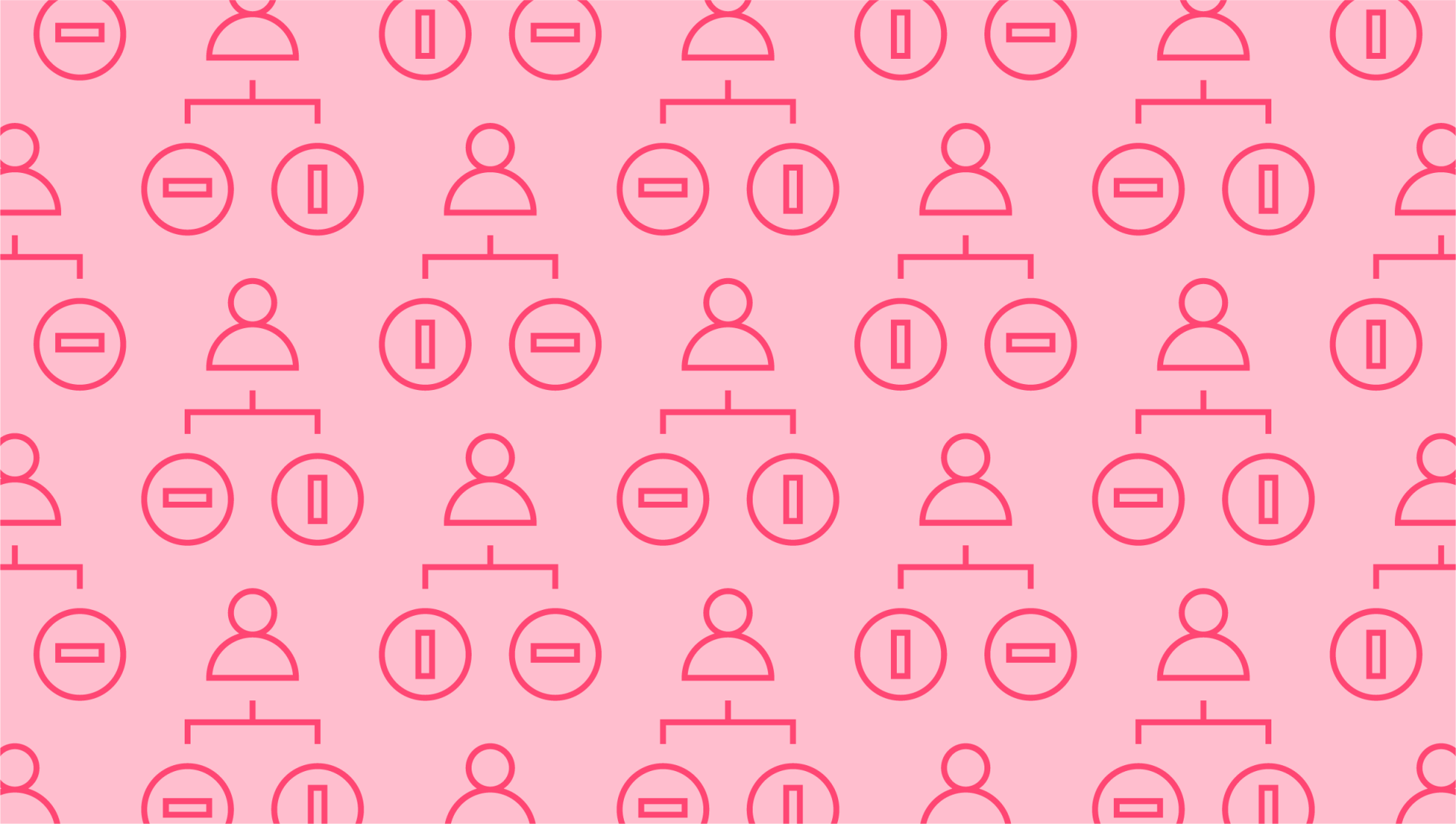Last editedMar 20223 min read
From credit cards to personal loans, there’s a wide range of methods consumers use to spread the cost of their purchases over time. Consumer credit comes with pros and cons attached, which it’s important for both buyers and merchants to be aware of. What are the advantages and disadvantages of consumer credit? Keep reading to find out.
What is consumer credit?
To begin with, what is consumer credit? This term encompasses most forms of personal credit you’re probably already familiar with, including credit cards, mortgages, car loans, and personal loans. It includes unsecured loans and programs allowing people to purchase goods and services while spreading the cost over time.
What are the types of consumer credit?
Consumer credit is offered to individuals through retailers or through larger institutions like credit card companies and banks. It covers any type of personal debt allowing a shopper to make an immediate purchase and pay the cost off over time, usually with interest. There are two main types of consumer credit:
Installment credit: The customer spreads the cost of a specific purchase over time. Payments are typically made weekly or monthly in equal installments, with low interest rates. In some cases, like Buy Now Pay Later (BNPL) plans, repayment plans are interest-free as the loan is paid off quickly. Installment credit is often secured because the purchased item (like a house or car) usually serves as collateral in case of default.
Revolving credit: This type of consumer credit includes credit cards, which don’t need to be used for a specific purchase. Instead, the consumer has access to a revolving line of credit up to a maximum limit. This is refreshed as the borrower pays off their debts with minimum monthly payments. Because the loan is unsecured with collateral, interest rates are higher.
What are the advantages and disadvantages of consumer credit?
There are pros and cons to using credit for purchases. What are the main advantages of consumer credit for the average buyer, and what should you be wary of?
What are the advantages of consumer credit?
Emergency preparedness: A revolving line of credit comes in handy if you face unexpected expenses like a broken-down car or appliance.
Convenience: There’s no need to carry around large wads of cash when shopping.
Flexibility: Rather than saving for years to cover the cost of each purchase in full, you can choose payment plans that give access to products and services immediately. Consumers can also avoid putting off expenses that could grow more costly over time, like home repairs.
Customer rewards: Many credit card companies and retailers offer special discounts, perks, and rewards for purchasing large items on credit. Additional benefits include cash-back offers and frequent flier miles.
What are the disadvantages of consumer credit?
Interest rates: When you pay for a product upfront, you simply pay the sticker price. Paying with credit inflates the price with interest rates over time. Average credit card APRs can be as high as 21% or more.
Stretching finances: Consumers must be wary of overextending their finances. Borrowing money might encourage some individuals to spend more than they earn, quickly getting in over their head with debt.
What are the main advantages of consumer credit for businesses?
They offer flexibility and convenience to your customers, but what are the main advantages of consumer credit for businesses? Should you extend credit to your clientele? Here are a few reasons to consider it:
Extending consumer credit can keep you competitive by appealing to a wider base of customers who are looking for affordable ways to spread payments. This translates to more sales.
Extending credit can also build brand loyalty as customers feel a sense of trust. You can enhance this loyalty by offering rewards for on-time payments and frequent purchases.
If you’re not ready to fully operate your own loan or credit programs, you can simply offer Buy Now Pay Later as a payment option with the help of providers like Klarna and PayPal. This type of consumer credit is on the rise, with a recent GoCardless survey finding that close to half (46%) of Americans finding it difficult to keep track of how many BNPL plans they have open. Furthermore, during 2021’s festive shopping season, 42% of all shoppers and 60% of Millennials planned to use BNPL. It’s worth considering this growing trend as you look for new ways to make shopping easier for your customers.
We can help
GoCardless helps you automate payment collection, cutting down on the amount of admin your team needs to deal with when chasing invoices. Find out how GoCardless can help you with ad hoc payments or recurring payments.

